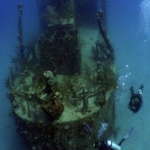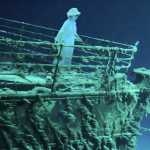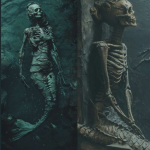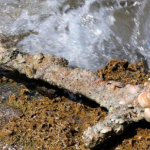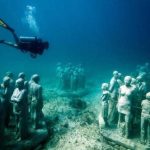A Hundred Years of Quiet: Revealing the Continuing Narrative of the Titanic’s Unrecovered Wreck
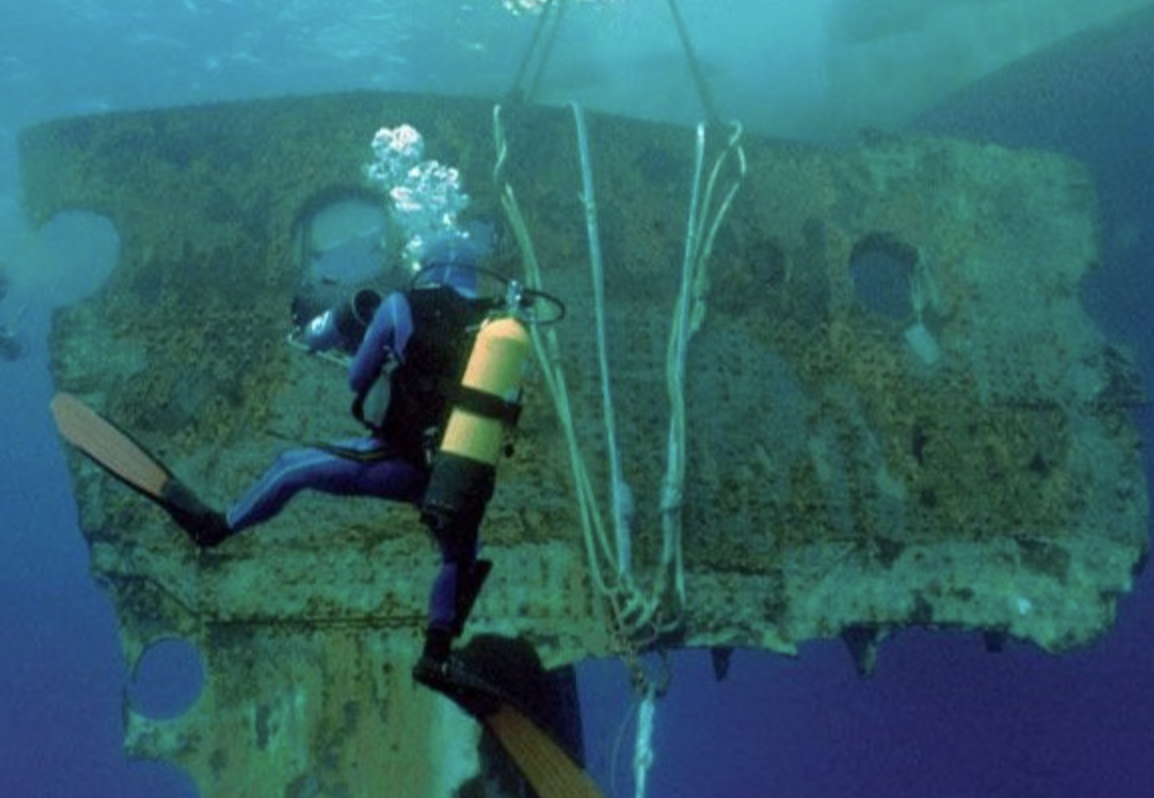
For over a century, the story of the RMS Titanic has captivated the world, a haunting saga of luxury, tragedy, and enduring mystery. The ship, deemed “unsinkable,” met its fateful end on a frigid April night in 1912, sinking to the depths of the North Atlantic after striking an iceberg. Of the more than 2,200 passengers and crew on board, over 1,500 perished, their dreams and destinies swallowed by the icy abyss.
The wreck of the Titanic lay undisturbed in its watery grave until its dramatic discovery in 1985 by a team led by oceanographer Dr. Robert Ballard. The world watched in awe as the first images of the shattered behemoth emerged from the darkness, lying nearly 13,000 feet below the surface. The bow of the ship, remarkably preserved, evoked the grandeur of a bygone era, while the stern lay twisted and broken, a stark reminder of the catastrophic forces that tore the ship apart.

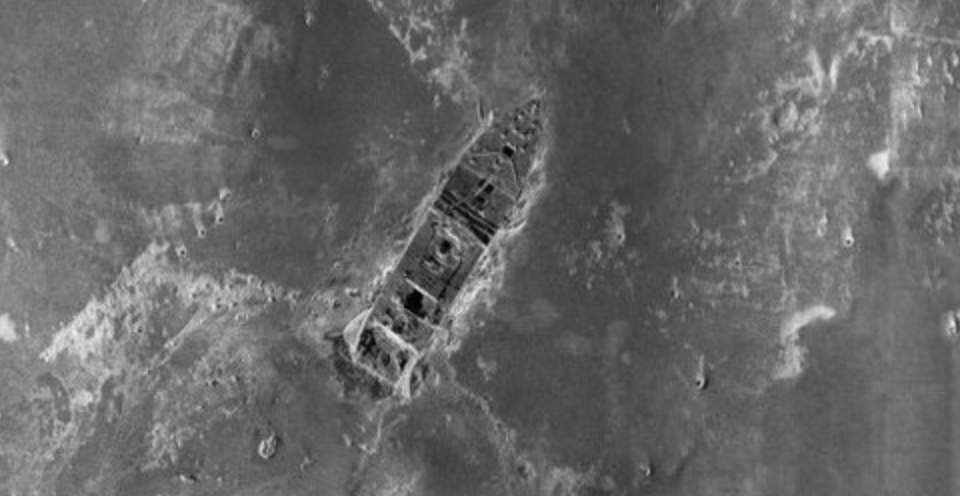
Since that groundbreaking discovery, the Titanic has continued to stir imaginations and emotions. Numerous expeditions have ventured into the depths, bringing back artifacts and shedding light on the final moments of the doomed vessel. Each visit to the wreck has provided new insights but also sparked debate and controversy.
The Titanic lies within international waters, creating a complex legal and ethical landscape surrounding its exploration and preservation. Questions of ownership and the propriety of salvaging artifacts from the site have ignited passionate discussions. Some view the wreck as a sacred memorial to those who lost their lives, advocating for its protection and minimal disturbance. Others see it as an invaluable historical and archaeological resource, meriting careful excavation and study.
Amidst these debates, technological advancements have transformed our ability to explore and document the Titanic. Submersibles and remotely operated vehicles (ROVs) have captured high-resolution images and 3D scans of the wreck, offering unprecedented views of its condition and the surrounding debris field. These technologies have allowed researchers to map the wreck site meticulously and to identify and document countless artifacts, from personal belongings to parts of the ship itself.
However, the Titanic is not immune to the ravages of time. The harsh environment of the deep ocean, with its corrosive saltwater and metal-eating bacteria, is slowly but inexorably consuming the ship. Rusticles—icicle-like formations of rust—hang from the hull, testament to the relentless decay. Scientists estimate that within a few decades, much of the ship may collapse into a rust-stained heap, erasing the physical remnants of its grandeur.
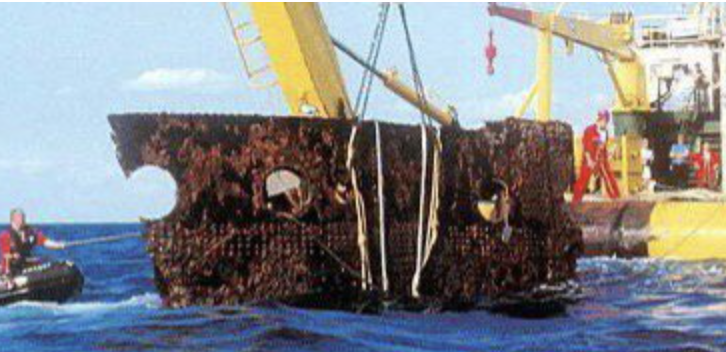
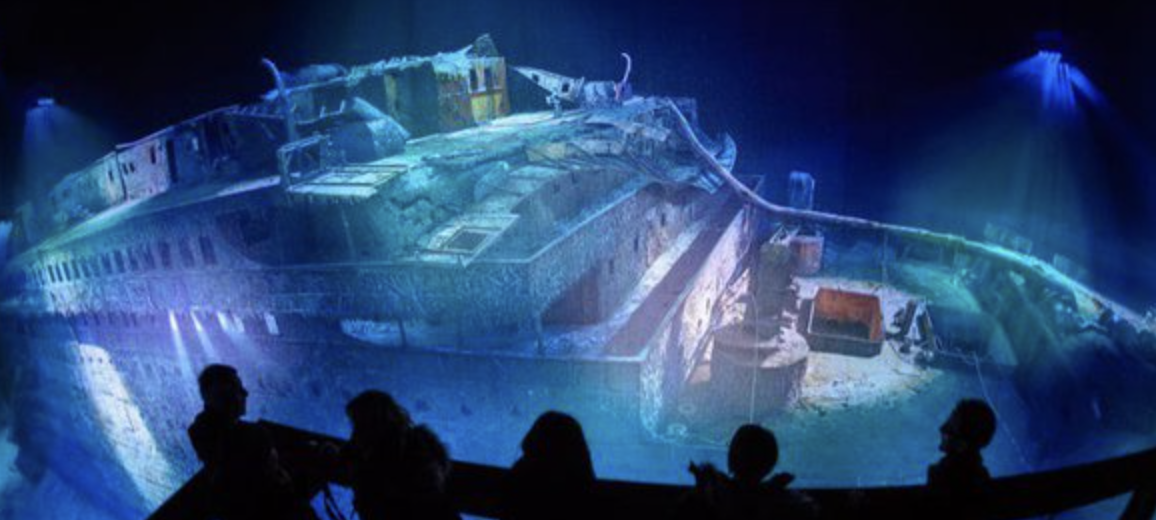
Yet, the story of the Titanic endures, transcending the physical wreckage lying on the ocean floor. It lives on in the tales of heroism and heartbreak, in the lessons learned about hubris and human error, and in the unending quest for answers and understanding. The Titanic’s legacy is preserved not just in the artifacts retrieved from its depths, but in the hearts and minds of people worldwide who are drawn to its tragic beauty and timeless mystery.
As we continue to explore and interpret the Titanic’s story, we honor the memory of those who perished and the enduring fascination with this monumental chapter in maritime history. The Titanic, though silent beneath the waves, speaks to us still, a powerful reminder of our past and the inexorable passage of time.



